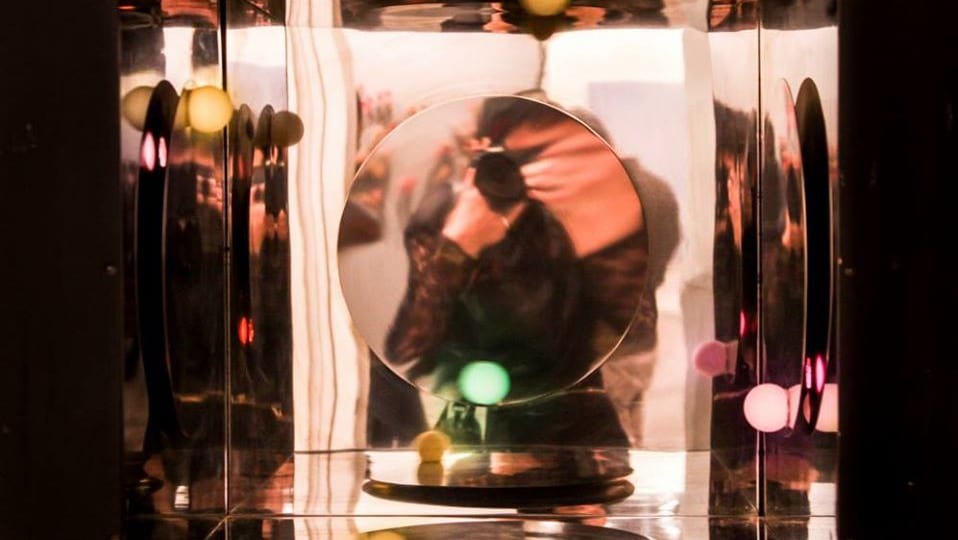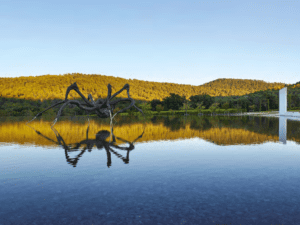arteBA, the annual art fair of the Argentine capital Buenos Aires, gives visitors a chance to not only visit South America’s largest exposition of art, but to also experience one of the continent’s most culturally rich cities. The fair’s comprehensive VIP programme offers personalised visits to galleries and museums, in a sprawling city which can be hard to navigate for first-time visitors.
Unlike its louder neighbour Brazil, where the art market has long-garnered international interest, Argentina’s art market has been slow to open up. arteBA has been a fixture on the continent’s art circuit for years, but has lagged in terms of global recognition. Most would agree that the São Paulo Biennale is still far better-known internationally than its Buenos Aires equivalent. That may change in the next year or so, as Argentina’s general elections this October promise an end to the administration of President Cristina de Kirchner and present the possibility of a new, more internationally friendly administration. There are perhaps signs that change is already in the air in this once-wealthy nation. Over the past few years, representatives from a roster of major international galleries have descended on the art fair, held every year at La Rural, a large exhibition centre in central Buenos Aires, next to the bustling streets around the Santa Fe avenue.
In 2013, Jose Roca, a curator at London’s Tate Gallery, visited the fair to acquire Latin American art for the first time. The London gallery returned this year and expanded its Latin American collection. It acquired Family Group. Reconstruction of a myth (1980) by the Argentine artist Graciela Gutiérrez Marx, who pioneered experimental art in Latin America. She studied sculpture in the University of La Plata, making her first sculptures from scrap materials. She began to make woodcuts in the early 1970s, inspired by the teachings of E. A. Vigo, a key figure in the Mail art movement, for which artists sent small scale works through the post. During Argentina’s military dictatorship, which led to the bloody Dirty War of 1976-83, Gutiérrez-Marx and Vigo formed a Mail Art partnership, known as G. E. Marx-Vigo. As many as 30,000 people were kidnapped and disappeared in Argentina during the Dirty War. After those brutal years came to an end, Gutiérrez-Marx joined the pro-democracy movement, working mainly on installations and performances through her theatre group Compañía de la Tierra Malamada.
Tate has been collecting Latin American art since 2003. The gallery’s collection includes pieces by Buenos-Aires born Guillermo Kuitca, whose work explores public versus private spaces, and spans a range of media from painting to installation. Kuitca has achieved global recognition from his Belgrano studio; his work is held in several collections in the United States and Europe, including the Museum of Modern Art in New York and the Stedelijk Museum in Amsterdam. Tate has also bought works by Colombian installation artist Maria Fernanda Cardoso and Brazilian painter Lygia Clark in the past.
Madrid’s Centro de Arte Dos de Mayo paid a visit to arteBA this year and acquired two works by the Argentine painter Magdalena Jitrik, Modern Imagination III and Modern Imagination IV. Los Angeles County Museum of Art (LACMA) also snapped up three works by the Argentine artist and writer Fernanda Laguna, whose activities as a gallerist and publisher have made her a tour-de-force in Argentine cultural life over the last few decades. LACMA also obtained the video Brief History of architecture in Guatemala (2010-2013) by the Guatemalan artist Naufus Ramírez-Figueroa, whose work often deals with the traumatic effects of violent conflict on the indigenous population. South America’s moment in the spotlight may have arrived.
The 24th Edition of arteBA took place at La Rural, Buenos Aires, June 4-7 2015.
Sophie Davies
Credits
1. Martha Boto, Polyvision Sidérale, 1968. Courtesy of arteBA Fundación.





